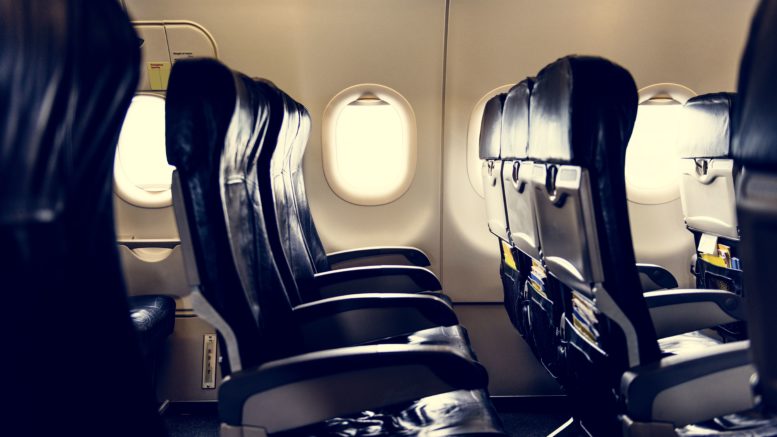A case series by Hoehl, et al. (2020) assessed a commercial airline flight from Tel Aviv, Israel, to Frankfurt, Germany, that occurred on March 9th, 2020. Among 102 passengers on a Boeing 737-900 aircraft were 24 members of a tourist group. Starting 7 days earlier, the group had contact with a hotel manager who later received a diagnosis of coronavirus disease 2019 (COVID-19). No member of the group had received a diagnosis of COVID-19 before the flight, and no measures to prevent transmission (wearing of masks) had been applied. The flight duration was 4 hours 40 minutes.
At the destination airport, the researchers conducted a medical evaluation of the tourist group, including testing for severe acute respiratory syndrome coronavirus (SARS-CoV-2) in a throat swab specimen. In addition, we contacted all passengers 4 to 5 weeks later by phone and conducted structured interviews. Passengers were asked whether they had contact with a person with COVID-19. They were prompted to report symptoms and asked about previous testing for SARS-CoV-2. A semiquantitative SARS-CoV-2 IgG antibody test (EUROIMMUN) was offered to all passengers who had been seated within 2 rows of the index cases and to those who reported to have been symptomatic. Borderline and positive results in the IgG test were confirmed with a plaque reduction neutralization test (PRNT). Oral informed consent was obtained from all study participants, and additional written consent was obtained for laboratory tests. This study was exempt from a formal ethics committee approval by the University Hospital Frankfurt, Goethe University, Frankfurt, Germany.
Of the 24 members of the tourist group, 7 tested positive for SARS-CoV-2 RNA in a throat swab sample on arrival. Four of the 7 were symptomatic during the flight, 2 were presymptomatic, and 1 remained asymptomatic (Figure 1).
A total of 71 of the other 78 passengers (91%) who had been exposed to the group on the flight completed the interview. Serum samples were obtained from 13 of these individuals 6 to 9 weeks after the flight (Figure 2). One reported having tested positive by polymerase chain reaction 4 days after the flight. This passenger did not recall any symptoms. The researchers detected SARS-CoV-2 IgG 7 weeks after the flight, and the PRNT result was also positive. The passenger negated contact with patients with COVID-19 before or after the flight.
Seven other passengers reported having had symptoms suggestive of COVID-19 within 14 days after the flight. One had a headache, muscle ache, and hoarseness starting 5 days after the flight. This passenger had not been tested and negated known contact with a patients with COVID-19. The passenger was in quarantine for 14 days starting 1 day after the flight. The researchrs obtained a serum sample 9 weeks after the flight and detected SARS-CoV-2 IgG. The PRNT had a borderline result.
The researchers also obtained serum samples from 6 other symptomatic and 5 asymptomatic passengers 6 to 9 weeks after the flight. All tested negative except for 1, who had a borderline result on the SARS-CoV-2 IgG test but had a negative result on the PRNT. SARS-CoV-2 transmission during the flight was not excluded for 1 symptomatic passenger with previous contact with a patients with COVID-19 and 46 asymptomatic passengers who were not tested.
Reference: Hoehl S, et al. Assessment of SARS-CoV-2 Transmission on an International Flight and Among a Tourist Group. JAMA Netw Open. 2020;3(8):e2018044. doi:10.1001/jamanetworkopen.2020.18044

Be the first to comment on "Assessment of SARS-CoV-2 Transmission on an International Flight"